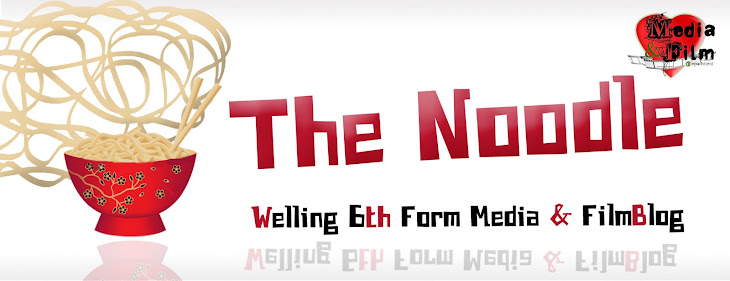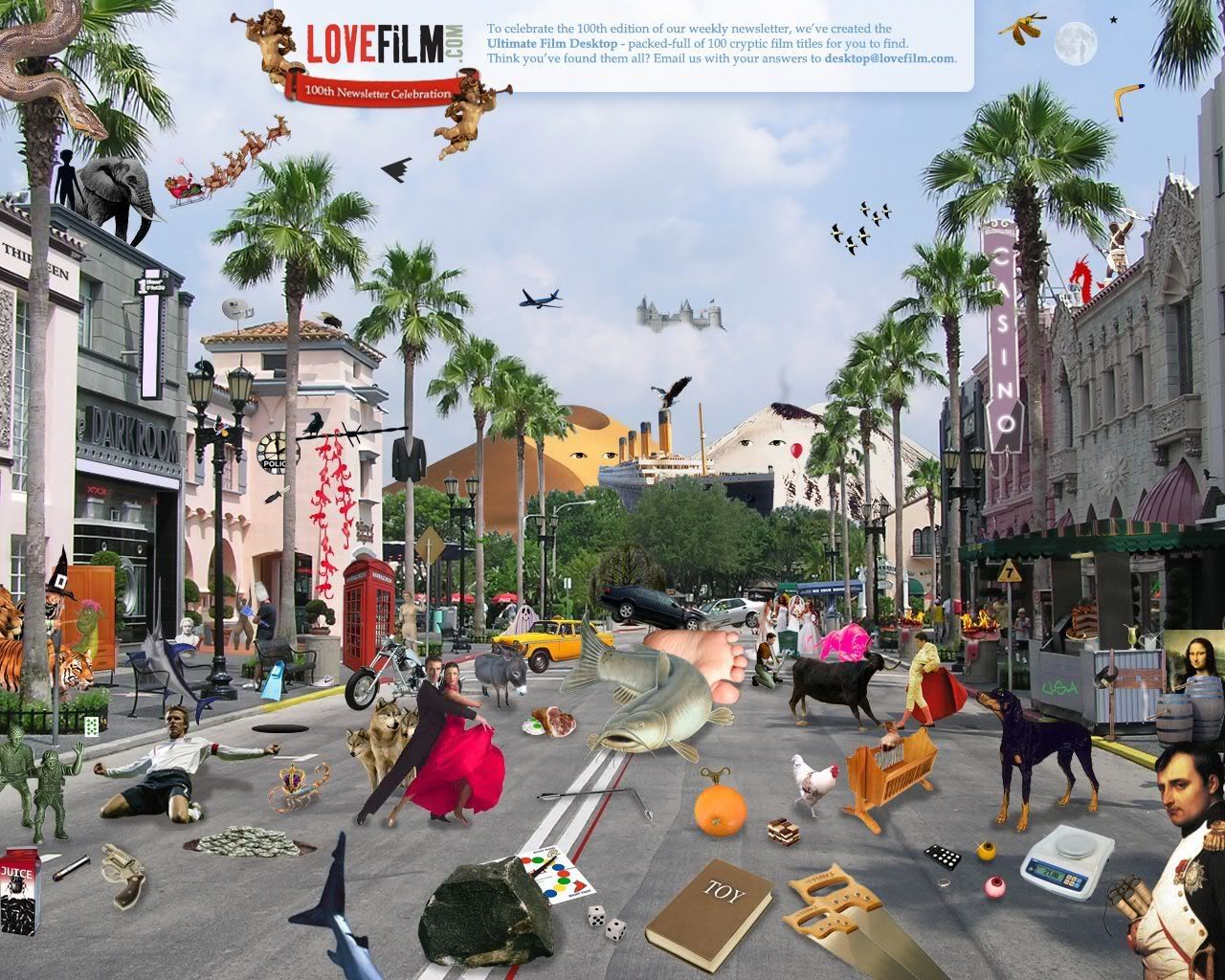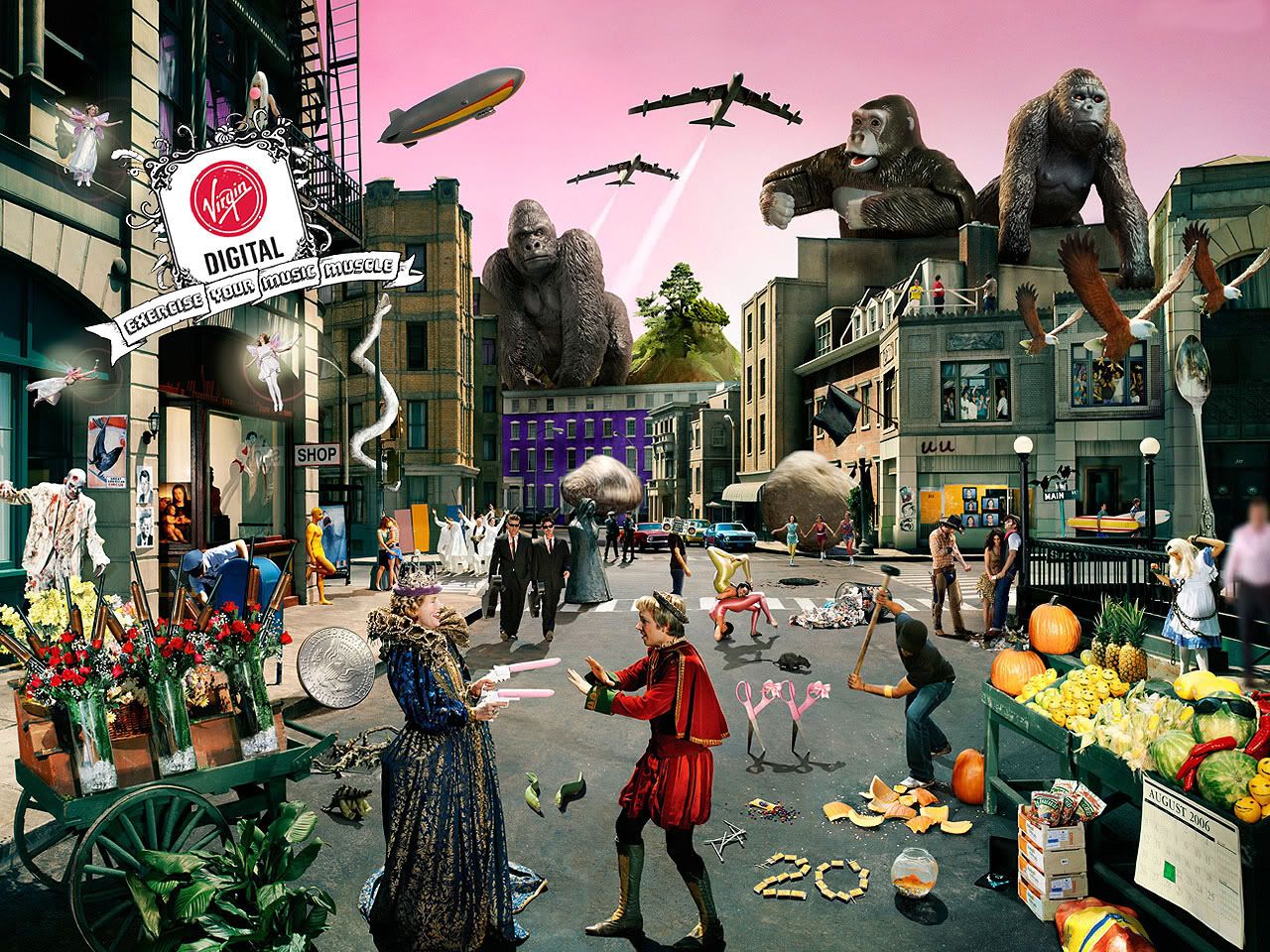
Your homework for next week's lesson is to write your response to Q1 using the guidance below.
Here is an example of a Critical Research Past Paper to get you familiar with its layout and structure:
http://www.ocr.org.uk/Data/publications/past_papers_2007_january/L_A_Level_Media_Studies_2734_Jan_2007_Question_paper.pdf
Here is the 'Word' document I used in class today to help you with the structuring of Q1 and Q2:
A’ Level Media Studies 2008/2009
Critical Research Study Exam: Top Tips
What you have to do...10 useful tips
To do well in this project you must...
1. Use six different methods, some secondary and some primary
2. Use at least two different sources for each method
3. Fully reference all your sources
4. Be able to detail advantages and disadvantages of each method and source
5. Show how the material you have used links together and forms a trail of research
6. Back all your points with examples and explanation
7. Write for an hour each on your methods and your findings, relating the latter to the broader topic itself
8. Do the work yourself!
9. Be ready for the exam on Jan 22 2009
10. Write your responses before the Mock Exam
How to Answer Question 1:
1. You need a brief introduction which sets out which area you are investigating and what your specific focus is. Make sure you outline clearly your ‘hypothesis/question’ and make specific reference to any key texts that form the basis of your research (Crime Watch / Key film texts/ focus papers if looking at Tabloids).
2. You then need a series of paragraphs on each of your methods, which should include reference to at least four secondary and at least two primary. Each paragraph needs to include:
an account of the method which will involve some explanation of the reasons why it has been employed.
examples (for secondary) of two sources, fully referenced and their content briefly explained; at least one specific detail from each source (e.g. a quote) and an evaluatioon of the strengths and weaknesses of the method overall.
You should end with a conclusion, which should be brief and sum up your main points. Your FINDINGS can be left to Question 2
Extra tips: Leave a line between each paragraph, don't make your paragraphs last more than a page, highlight key points if you want.
How to answer Question 2:
Question 1 was about METHODS and paragraphs should be organised by method, Question 2 is about FINDINGS and paragraphs should perhaps be organised by concepts so that there is clear distinction between the two.
A structure something like this should work
1. Introduction- what are the key issues in relation to your area of study ?
For example you might consider:
Women and Film: funding/ distribution/ the celluloid ceiling/patriarchal order/ feminist perspectives of industry(Inst) how they reach audiences and how audiences receive/ interpret and watch the films / audience pleasures (Aud) how they represent women/men/gender and what social, political and historical commentary they offer about gender politics (Rep) how they are similar to/differ from similar genre films created by men / similar different to other films of same era/What film language is used to convey representations - editing, sound, cinematography, mise-en-scene etc. (forms and conventions).
World Cinema: funding/distribution (Inst) how they reach audiences and how audiences receive/interpret/watch the films (aud) how they represent the culture (rep) how they are similar to/differ from western films (forms/conv)
TV Drama: budgets/scheduling/distribution in other formats e.g. DVD, competition with other genres, extra-textual life e.g. spin-off progs (Inst) issues covered and how they represent social groups (Rep) conventions e.g. genre, innovation or not (F and C) audience pleasures (Aud)
Politics: how we learn about issues and politics (Rep), forms and conventions of coverage (F/C) audience participation (aud) bias and PSB (Inst)
Sport: how sports may be represented (nationalism, gender etc) dominance of certain sports and certain teams v minority coverage (Rep) conventions of coverage (F/C) importance of sport to media and of media to sport local sport/media (inst) and audience reception of sport in media (aud)
Children: concerns about what is represented to children/how they are represented (Rep) what kids understand/the impact of media texts upon them/their pleasures (aud) importance of child audiences to media institutions (Inst) the forms and convs of children’s media texts (F/C)
2. Paragraph 2: How does your specific focus relate to the issues in the topic as a whole?
3. Paragraphs 3-6 one on each of the conceptual areas:
Institution, Representation, Forms and Conventions, Audience as they relate to your topic. Maybe more than one paragraph on some areas but throughout referring to research method, sources, references, quotes, ideas, etc.
4. Paragraph 7 – A conclusion summing-up whether or not you have successfully answered your hypothesis/question.
The Key to success is to cross reference concepts (Institution, Representation, Forms and Conventions, Audience) with your research
World Cinema: funding/distribution (Inst) how they reach audiences and how audiences receive/interpret/watch the films (aud) how they represent the culture (rep) how they are similar to/differ from western films (forms/conv)
TV Drama: budgets/scheduling/distribution in other formats e.g. DVD, competition with other genres, extra-textual life e.g. spin-off progs (Inst) issues covered and how they represent social groups (Rep) conventions e.g. genre, innovation or not (F and C) audience pleasures (Aud)
Politics: how we learn about issues and politics (Rep), forms and conventions of coverage (F/C) audience participation (aud) bias and PSB (Inst)
Sport: how sports may be represented (nationalism, gender etc) dominance of certain sports and certain teams v minority coverage (Rep) conventions of coverage (F/C) importance of sport to media and of media to sport local sport/media (inst) and audience reception of sport in media (aud)
Children: concerns about what is represented to children/how they are represented (Rep) what kids understand/the impact of media texts upon them/their pleasures (aud) importance of child audiences to media institutions (Inst) the forms and convs of children’s media texts (F/C)
2. Paragraph 2: How does your specific focus relate to the issues in the topic as a whole?
3. Paragraphs 3-6 one on each of the conceptual areas:
Institution, Representation, Forms and Conventions, Audience as they relate to your topic. Maybe more than one paragraph on some areas but throughout referring to research method, sources, references, quotes, ideas, etc.
4. Paragraph 7 – A conclusion summing-up whether or not you have successfully answered your hypothesis/question.
The Key to success is to cross reference concepts (Institution, Representation, Forms and Conventions, Audience) with your research








No comments:
Post a Comment